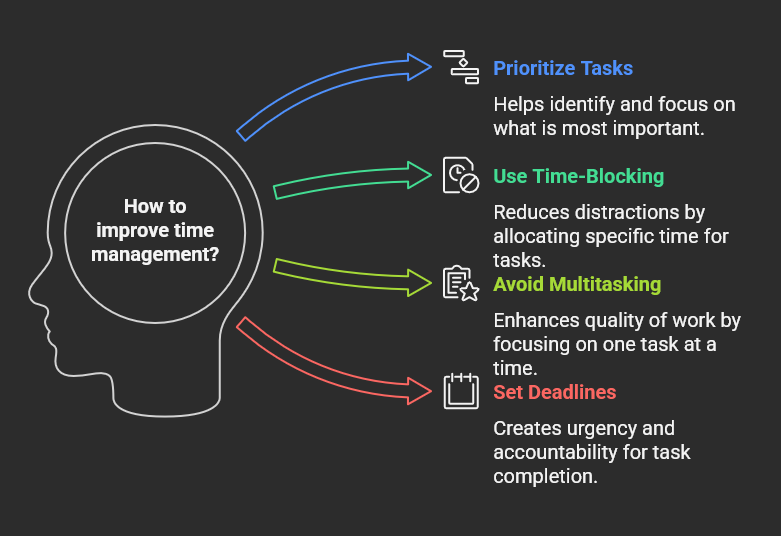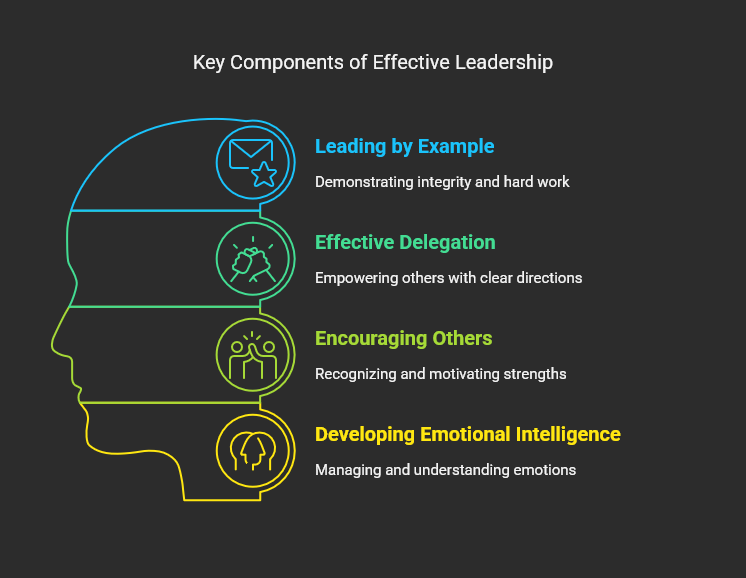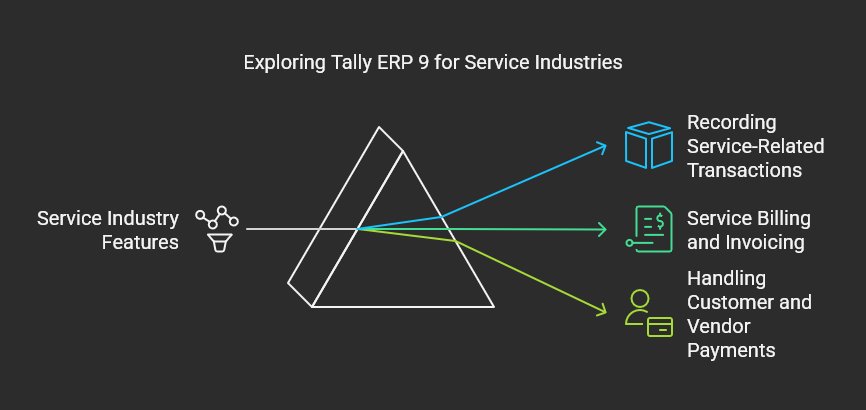📚 Module 1:Emotional intelligence development✅

- Understanding the five components of emotional intelligence (self-awareness, self-regulation, motivation, empathy, and social skills)
- Recognizing and managing your own emotions in different situations
- Developing self-control and staying calm under pressure
- Practicing empathy to understand others’ perspectives and feelings
- Improving interpersonal communication through emotional awareness
- Managing stress and emotional triggers effectively
- Building strong, respectful relationships in personal and professional life
- Resolving conflicts with emotional maturity and diplomacy
- Enhancing leadership through emotionally intelligent decision-making
» Emotional intelligence development
📖 Module 2:Relationship building capabilities ✅

- Trust Building: Establishing honesty and reliability in interactions
- Effective Communication: Listening actively and expressing clearly
- Empathy & Understanding: Valuing others' emotions and perspectives
- Consistency & Integrity: Maintaining respectful behaviour across situations
- Conflict Resolution: Addressing misunderstandings calmly and constructively
- Mutual Support: Offering help and celebrating others’ successes
- Networking Skills: Initiating and maintaining professional relationships
- Team Collaboration: Cooperating with others to achieve shared goals
- Respect for Diversity: Embracing different backgrounds, ideas, and cultures
»Relationship building capabilities
📖 Module 3: Effective communication skills ✅

»Effective communication skills
- Clarity of Thought: Speaking with purpose, precision, and simplicity
- Active Listening: Focusing fully, responding appropriately, and showing interest
- Non-Verbal Cues: Mastering body language, eye contact, and facial expressions
- Tone & Voice Modulation: Adjusting pitch, speed, and emphasis to suit the message
- Written Communication: Using clear, professional language in emails and reports
- Feedback Skills: Giving and receiving feedback respectfully and constructively
- Public Speaking: Organizing ideas and presenting confidently to groups
- Overcoming Barriers: Handling language gaps, emotions, and distractions
- Communication in Teams: Sharing ideas openly and respectfully during collaboration
📖 Module 4:Career alignment strategies ✅

» Career alignment strategies
- Self-Assessment: Identifying strengths, interests, and core skills
- Goal Setting: Defining short-term and long-term career objectives
- Industry Awareness: Understanding job market trends and in-demand skills
- Skill Mapping: Matching personal skills with career opportunities
- Creating a Career Pathway: Planning step-by-step progression in a chosen field
- Continuous Learning: Embracing upskilling, certifications, and training
- Professional Networking: Building relationships with mentors and industry experts
- Resume & Portfolio Building: Showcasing relevant skills and achievements effectively
- Regular Review & Adjustment: Evaluating progress and refining goals as needed
📖 Module 5: Informed decision-making✅

- Problem Identification: Clearly understanding the issue before acting
- Gathering Information: Researching facts, data, and possible options
- Analysing Pros & Cons: Weighing outcomes, risks, and benefits
- Critical Thinking: Questioning assumptions and evaluating evidence
- Consulting Experts: Seeking advice from mentors, peers, or industry professionals
- Avoiding Emotional Bias: Making choices based on logic, not impulse
- Goal Alignment: Ensuring decisions support long-term personal or career goals
- Learning from Past Choices: Reviewing previous decisions to improve future judgement
- Taking Responsibility: Owning outcomes and learning from results
»Informed decision-making
📖 Module 6:Resilience and adaptability ✅

- Embracing Change: Staying flexible and positive in changing environments
- Bouncing Back from Failure: Learning lessons and moving forward confidently
- Stress Management: Coping with pressure through calm and control
- Problem-Solving Attitude: Tackling setbacks with creativity and determination
- Growth Mindset: Believing in self-improvement through effort and learning
- Emotional Stability: Managing emotions in tough or uncertain situations
- Open to Feedback: Accepting criticism and using it for personal growth
- Quick Learning: Adapting to new tools, tasks, and technologies efficiently
- Maintaining Focus: Staying goal-oriented even during disruptions
» Resilience and adaptability
📖 Module 7:Empathy and understanding ✅

- Understanding Emotions: Recognising and respecting others’ feelings
- Active Listening: Giving full attention and responding with care
- Seeing from Others' Perspective: Putting yourself in someone else’s shoes
- Non-Judgmental Attitude: Accepting people without bias or assumptions
- Compassionate Communication: Speaking kindly and supportively
- Emotional Awareness: Noticing subtle cues like tone and body language
- Building Trust: Creating a safe space for open and honest conversations
- Supporting Others: Offering help and encouragement during difficult times
- Promoting Inclusion: Embracing different backgrounds, beliefs, and experiences
» Interview Skills & Career Planning
📖 Module 8:Goal setting for personal growth ✅

- Defining Clear Goals: Setting specific, measurable, achievable, relevant, and time-bound (SMART) objectives
- Identifying Priorities: Focusing on goals that align with personal values and ambitions
- Creating Action Plans: Breaking down goals into manageable steps and deadlines
- Tracking Progress: Regularly reviewing achievements and adjusting plans as needed
- Staying Motivated: Using positive reinforcement and visualising success
- Overcoming Obstacles: Planning for challenges and developing coping strategies
- Seeking Support: Leveraging mentors, peers, and resources for guidance
- Celebrating Milestones: Recognising and rewarding progress to build momentum
- Continuous Reflection: Learning from experiences to refine future goals
»Goal setting for personal growth
📖 Module 10:Key Components of Effective Leadership ✅

- Vision: Setting a clear, inspiring direction for the team or organisation
- Communication: Conveying ideas clearly and listening actively
- Integrity: Demonstrating honesty, ethics, and consistency in actions
- Empathy: Understanding and valuing team members’ perspectives and feelings
- Decision-Making: Making timely, informed choices even under pressure
- Accountability: Taking responsibility for outcomes and encouraging ownership in others
- Motivation: Inspiring and energising the team to achieve goals
- Adaptability: Responding flexibly to change and challenges
- Conflict Resolution: Managing disagreements constructively to maintain harmony
» Key Components of Effective Leadership
📖 Module 10:Key Components of Effective Leadership ✅

- Questioning Assumptions: Challenging accepted ideas and seeking evidence
- Analyzing Information: Breaking down complex data into understandable parts
- Evaluating Arguments: Assessing the validity and logic behind statements
- Problem Identification: Clearly defining issues before attempting solutions
- Logical Reasoning: Connecting ideas coherently to draw sound conclusions
- Open-Mindedness: Considering diverse viewpoints without bias
- Decision Making: Using evidence-based analysis to choose the best course of action
- Reflective Thinking: Reviewing outcomes to learn and improve future decisions
- Creative Solutions: Thinking outside the box to find innovative answers
» Key Components of Effective Leadership
📖Module 11:Problem-Solving Skills

- Identifying the Problem: Clearly defining the issue before taking action
- Root Cause Analysis: Finding the underlying reason, not just the symptoms
- Gathering Relevant Information: Researching data, facts, and possible solutions
- Brainstorming Ideas: Generating multiple options creatively
- Evaluating Options: Comparing possible solutions for effectiveness and impact
- Decision-Making: Choosing the best course of action based on logic and evidence
- Implementing the Solution: Putting the plan into action efficiently
- Monitoring Results: Checking if the solution works and adjusting if needed
- Learning from Experience: Reflecting on what worked and what didn’t for future improvement
» Problem-Solving Skills
📖Module 12:English Speaking

- Pronunciation Practice: Speaking clearly with correct word sounds
- Basic Grammar Usage: Using proper tenses, sentence structures, and vocabulary
- Daily Conversation Skills: Practising everyday dialogues for fluency
- Public Speaking Confidence: Delivering ideas clearly in front of an audience
- Listening & Comprehension: Understanding spoken English through active listening
- Vocabulary Building: Learning and applying new words in real contexts
- Accent Neutralisation: Speaking in a clear, neutral tone understandable globally
- Interactive Activities: Role-plays, group discussions, and storytelling sessions
- Confidence Building: Overcoming hesitation and fear of speaking
»English Speaking
Why Choose Us
✅ Affordable Fees
We offer competitive pricing to ensure that everyone has access to quality education.
✅ Practical Training
Our curriculum is designed to provide hands-on experience with real-world applications.
✅ Certification
Receive a recognized certification upon successful completion of the course.
✅ Expert Trainers
Learn from industry experts with years of experience in the field.
✅ Interview Preparation
Prepare for your dream job with expert mentoring, real interview simulations, personalised feedback, and proven strategies to succeed in both technical and non-technical rounds.
✅ Free Resources
Get study materials, books, notebooks, and other essential resources for free.
✅ Good Learning Environment
Experience a positive and motivating atmosphere with well-equipped classrooms and a supportive faculty.
✅ Career Support & Guidance
We assist you in finding the right job opportunities, providing career counseling, and helping you build a strong professional network.